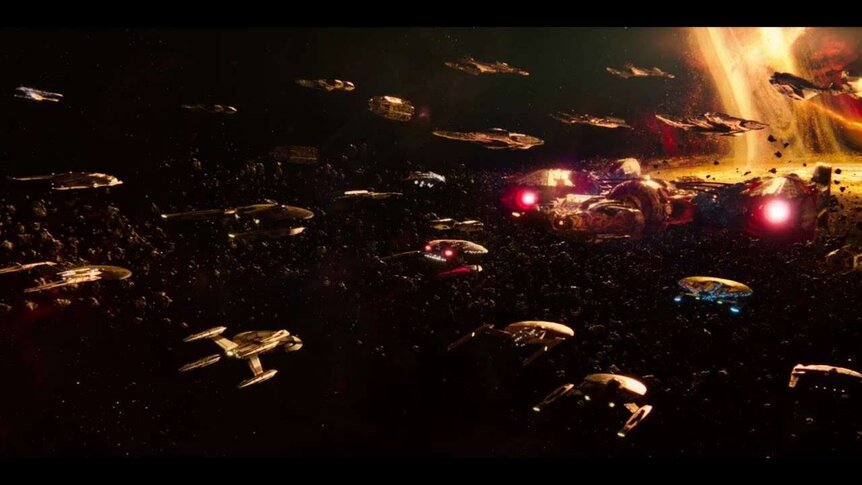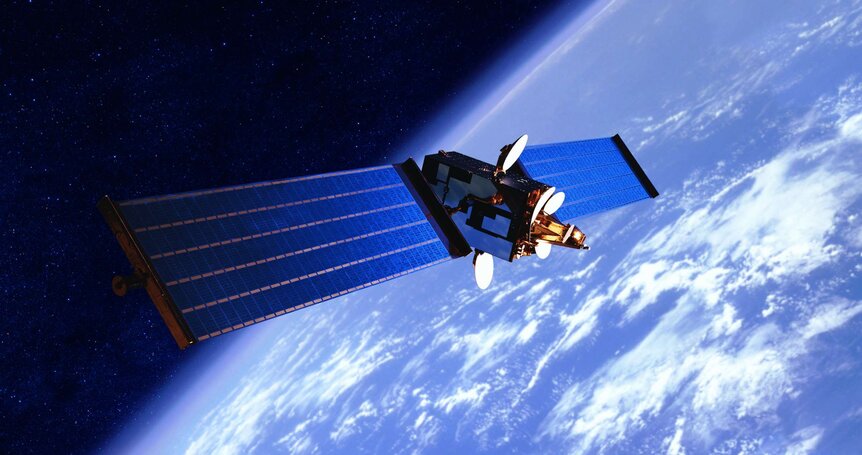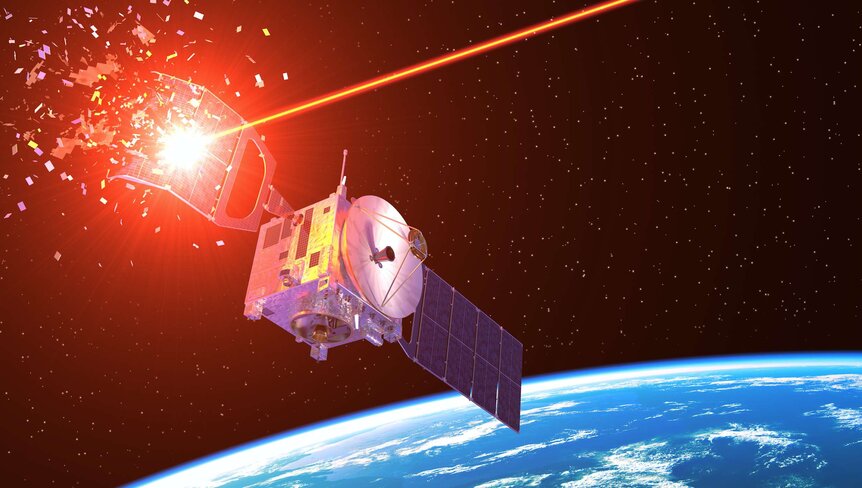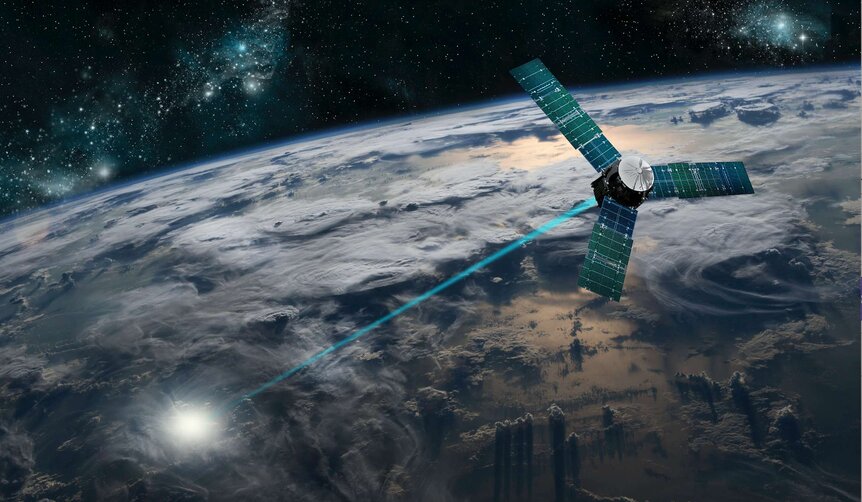Create a free profile to get unlimited access to exclusive videos, sweepstakes, and more!
Experts agree real-life satellite space combat will look nothing like Star Wars
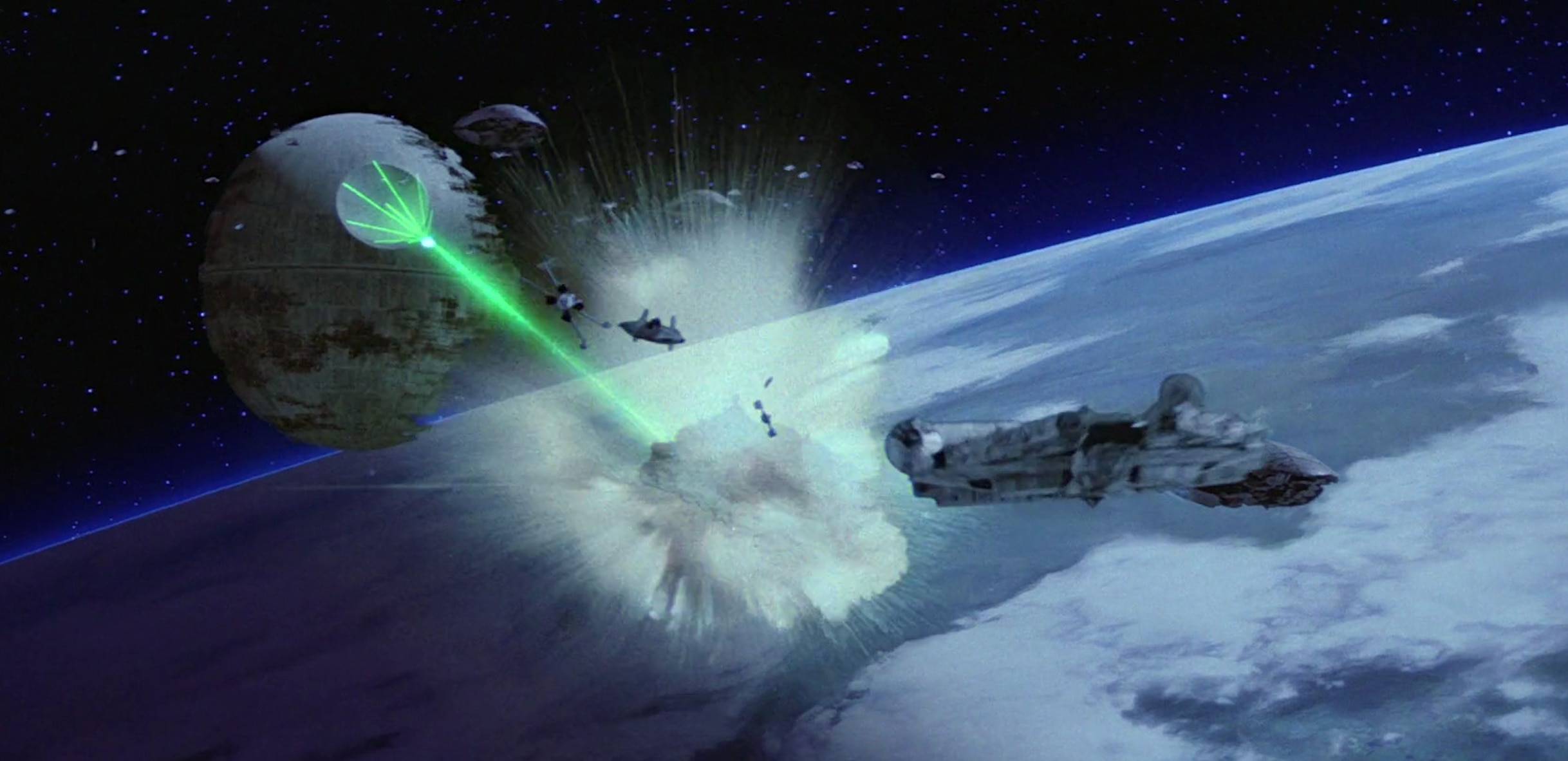
In the vacuum of space, no one can hear you blow up a Star Destroyer!
Although interstellar combat sounds far more interesting and visually stunning with brilliant green fireballs, blinding supernovas of debris, and epic mega-explosions, reality may be something much different and boring, according to a recent Aerospace Corporation report.
Putting aside our inaccurate childhood daydreams of thrilling Star Wars-like dogfights and Star Trek-ish photon torpedo volleys with swarms of starfighters engaged in furious melees, actual modern space warfare (if it ever occurs) will likely be a completely different experience as the world slowly comes to terms with the militarization of space, defensive satellites, and the formation of the U.S. Space Force.
In the detailed Aerospace Corporation report titled, The Physics of Space War: How Orbital Dynamics Constrain Space-to-Space Engagements, experts weighed in on the specifics of geopolitical skirmishes amid the stars in aggressive orbital encounters involving the clutter of future satellites — and the results aren't nearly as exciting as one might think.
According to the study written by Rebecca Reesman and James Wilson, any sort of outer space missions or military operations must be well coordinated and planned out far in advance. After satellites are deployed in low-Earth orbit or geosynchronous Earth orbit, they don't routinely zip around changing directions to counter threats like a hyperactive video game, reducing the likelihood of random assaults on other satellites to inflict harm or gather intelligence.
“Any conflict in space will be much slower and more deliberate than a Star Wars scene,” report co-author and Aerospace Corp project engineer Reesman told Ars Technica. “It requires a lot more long-term thinking and strategic placement of assets.”
Reesman and Wilson's comprehensive study points to future space warfare as a situation of reducing or eliminating enemy satellite capabilities while protecting one's own ability to operate unmolested in roles like military intelligence acquisition, communications, ground tracking, and observational activities.
One of the key points discussed in their research reminds us that satellites move very fast and predictably. Satellites in normal circular orbits travel at speeds between 6,700 mph and 18,000 mph, dependent upon altitude. But an average bullet moves at approximately 1,700 mph. Deviations from their predetermined orbits require an engine to maneuver, making intimate close-quarter satellite combat difficult and expending of enormous amounts of time and energy.
Also, the playing field of space is enormous. Just the volume of space between low-earth orbit and geostationary orbit is nearly 200 trillion cubic kilometers, which calculates out to 190 times larger than the volume of Earth.
Finally, satellites are extremely limited to making changes of direction and, under the influence of gravity, are constantly freefalling in either a circular or elliptical path around our planet.
If any satellite attempts to move close to another, its motion becomes all-important, and the notion of perfect timing becomes everything. Aligning a pair of satellites in the same position isn't impossible, but it's a tricky maneuver dependent upon precise factors and a whole lot of advanced math.
But that's not to say we can't still dream of colorful, fantasy-fueled space battles erupting in exotic galaxies!
